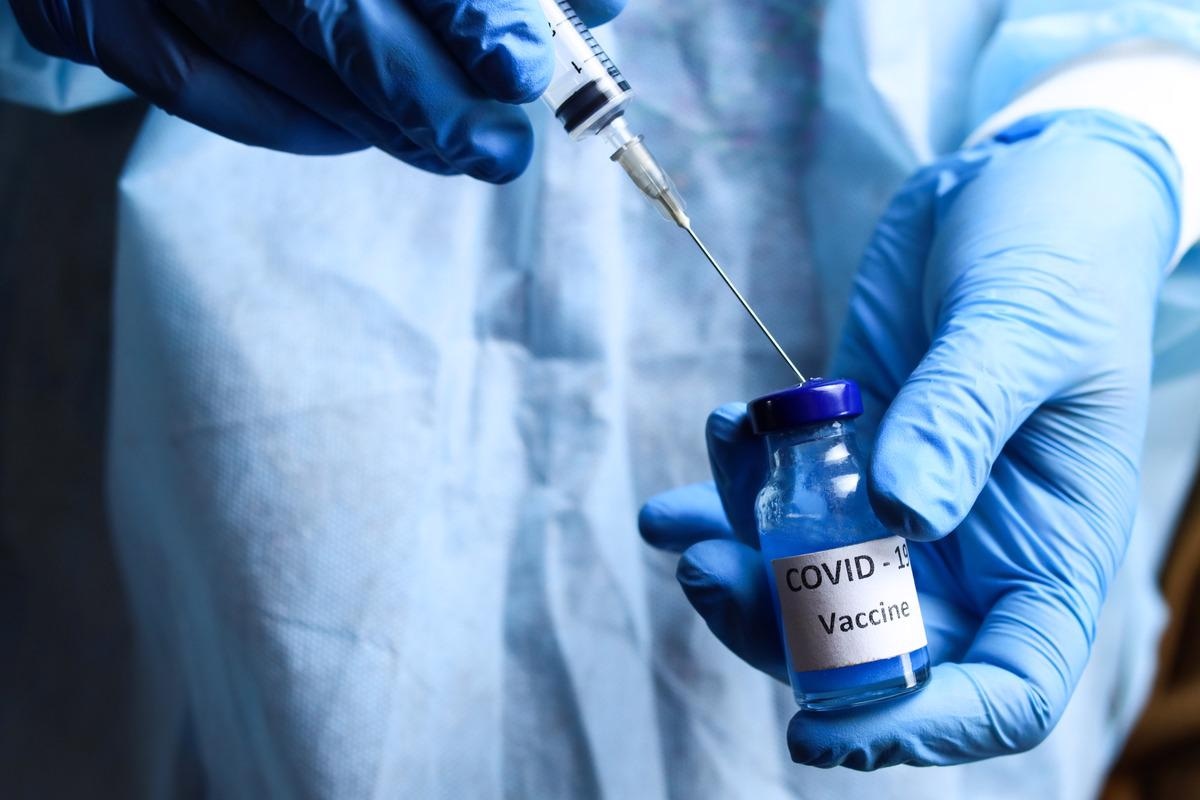buy pills trileptal online pharmacy no prescription
A recent study posted to the bioRxiv* preprint server assessed the impact of recombinant accessory protein-deficient severe acute respiratory syndrome coronavirus 2 (rSARS-CoV-2) immunization against severe acute respiratory syndrome coronavirus 2 (SARS-CoV-2) transmission and disease severity.

Emerging reports note the waning efficacy of coronavirus disease 2019 (COVID-19) vaccines. Various studies have reported the potential of live-attenuated vaccines (LAVs) in providing potent protection against diverse SARS-CoV-2 variants of concern (VOCs).
About the study
The present study investigated the potency, safety, and stability of double ORF-deficient rSARS-CoV-2 as LAVs for prophylaxis of SARS-CoV-2 infection and related diseases.
Kidney epithelial cells from African green monkeys were collected from the American type culture collection (ATCC) along with Vero E6 cells expressing human angiotensin-converting enzyme 2 (hACE2) and transmembrane serine protease 2 (TMPRSS2). SARS-CoV-2 spike (S), nucleocapsid (N), anaprox ds for headaches envelope (E), and membrane (M) proteins were also obtained. The team also collected SARS-CoV-2 USA-WA1/2020, alpha, beta, and delta VOCs while the rSARS-CoV-2 wildtype (WT) and rSARS-CoV-2 were generated.
Accessory open reading frame (ORF) proteins were double deleted by inverse polymerase chain reaction (PCR) in viral fragment 1, which was then reassembled using restriction endonucleases. This was followed by the infection of the Vero E6 cells with rSARS-CoV-2 WT and deletions of ORF3a/ORF7a, ORF3a/ORF6, and ORF3a/ORF7b. The cells were then immunostained and a plaque assay was performed.
Total ribonucleic acid (RNA) from control or virus-infected Vero cells were extracted. Amplification of viral N, ORF3a, ORF6, ORF7a, ORF7b, and ORF8 genes was then performed by reverse transcription-PCR (RT-PCR). Enzyme-linked immunospot (ELISPOT) assay was used to enumerate antigen-specific T cells-secreting interferon-gamma (IFN-γ) cells. Then, intracellular cytokine production was detected in the Vero cells using flow cytometric analysis. Also, an enzyme-linked immunosorbent assay (ELISA) and a plaque reduction microneutralization (PRMNT) assay were performed for each sample.
Results
The study results showed that a total of four non-reference alleles were detected in the double ORF-deficient rSARS-CoV-2. Out of the four non-reference alleles, two with 58.52% and 57.69% frequencies were found in rSARS-CoV-2 ORF3a/ORF6, while one had 12.04% frequency in rSARS-CoV-2 ORF3a/ORF7a and another had a frequency of 14.94% in rSARS-CoV-2 ORF3a/ORF7b.
The three double ORF-deficient rSARS-CoV-2 had smaller plaque diameters than that of the rSARS-CoV-2 WT and also lower peak titers for hACE2 as compared to the rSARS-CoV-2 WT. Furthermore, lower titers in the nasal and lungs samples of infected mice were observed in double ORF-deficient rSARS-CoV-2 compared to rSARS-CoV-2 WT.
Analysis of immune responses in the lungs of mice infected with hACE2 and treated with double ORF-deficient rSARS-CoV-2 at 2 dots per linear inch (dpi) showed no notable differences except that the rSARS-CoV-2 ORF3a/ORF7a-infected mice had lowered IFN responses. However, at 4 dpi, lower IFN-α levels were observed in mice infected with ORF-deficient rSARS-CoV-2 than rSARS-CoV-2 WT, while no such reduction was found in IFN-γ levels.
All transgenic mice infected with hACE2 and rSARS-CoV-2 ORF3a/ORF7a and two out of the five rSARS-CoV-2 ORF3a/ORF6 infected mice succumbed at 9 dpi infection while three of the latter recovered and survived the infection. Also, while all rSARS-CoV-2 ORF3a/ORF7a and rSARS-CoV-2 WT-infected mice succumbed to viral infection, the survival duration of the mice infected with the former was higher than the latter.
Overall, the team observed a survival rate of 60% for rSARS-CoV-2 ORF3a/ORF6-treated mice and 100% for rSARS-CoV-2 ORF3a/ORF7b-treated mice.
The study also investigated the safety and efficacy of the double ORF deficient rSARS-CoV-2 in hamsters. A 15% reduction in body weight of rSARS-CoV-2 WT-infected hamsters at 6 dpi was observed while no body weight changes were present in double ORF-deficient rSARS-CoV-2-infected hamsters.
Also, no infectious viral burden was found in hamsters infected with the double ORF-deficient rSARS-CoV-2. Moreover, a high neutralizing potential was observed in the double ORF-deficient rSARS-CoV-2-infected hamsters against the SARS-CoV-2 WA1 strain and the alpha, beta, delta, and Omicron VOCs while no viral infectivity was detected in the tissues.
Conclusion
The study findings showed that the three double ORF-deficient rSARS-CoV-2s could efficiently express the viral structural proteins without the presence of different accessory proteins. These double ORF-deficient rSARS-CoV-2 could induce a robust and adaptive immune response following single intranasal administration that provided sufficient protection against SARS-CoV-2 infection and severity. The researchers believe that this study makes double ORF-deficient rSARS-CoV-2 an ideal prophylactic LAV candidate against COVID-19.
*Important notice
bioRxiv publishes preliminary scientific reports that are not peer-reviewed and, therefore, should not be regarded as conclusive, guide clinical practice/health-related behavior, or treated as established information.
- Chengjin Ye, et al (2022). Immunization with recombinant accessory protein-deficient SARS-CoV-2 protects against lethal challenge and viral transmission. bioRxiv. doi: https://doi.org/10.1101/2022.03.13.484172 https://www.biorxiv.org/content/10.1101/2022.03.13.484172v1
Posted in: Life Sciences News | Medical Condition News | Disease/Infection News | Healthcare News
Tags: Angiotensin, Angiotensin-Converting Enzyme 2, Antigen, Assay, Coronavirus, Coronavirus Disease COVID-19, covid-19, Cytokine, Cytometric Analysis, Efficacy, Enzyme, Frequency, Genes, Immune Response, Immunization, Interferon, Interferon-gamma, Intracellular, Kidney, Lungs, Membrane, Omicron, Polymerase, Polymerase Chain Reaction, Prophylaxis, Protein, Respiratory, Restriction Endonucleases, Ribonucleic Acid, RNA, SARS, SARS-CoV-2, Serine, Severe Acute Respiratory, Severe Acute Respiratory Syndrome, Syndrome, Transcription, Transgenic, Virus

Written by
Bhavana Kunkalikar
Bhavana Kunkalikar is a medical writer based in Goa, India. Her academic background is in Pharmaceutical sciences and she holds a Bachelor's degree in Pharmacy. Her educational background allowed her to foster an interest in anatomical and physiological sciences. Her college project work based on ‘The manifestations and causes of sickle cell anemia’ formed the stepping stone to a life-long fascination with human pathophysiology.
Source: Read Full Article
